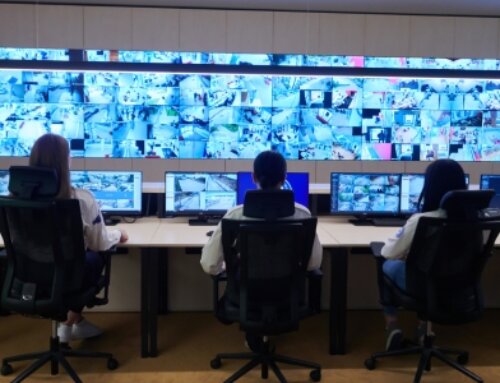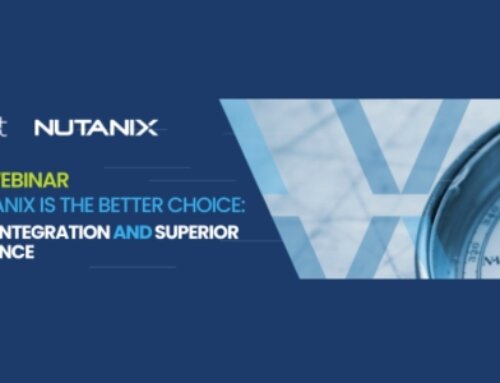Today, cybersecurity has become one of the top concerns for enterprises worldwide. According to Security Magazine, there are over 2,200 cyberattacks every day, the equivalent of one attack every 39 seconds. To make matters worse, AI is not just for the “good guys.” With the proliferation of AI, threat actors will dramatically increase the pace of the evolution of cyber threats, finding new and more creative ways to wreak havoc on organizations that are not prepared. Organizations must embrace security and strengthen their defense strategies to prevent costly breaches. Here are our top tips for adapting your cybersecurity defenses for the modern business.
Protect Access Credentials
Identity and Access are the new frontier for attackers. Enterprises looking to safeguard their identity and Access programs should follow these three steps:
- Implement Multi-factor Authentication (MFA) – MFA, such as FIDO-based authentication, adds an additional layer of security beyond traditional MFA techniques like SMS or one-time-passwords (OTPs). This reduces the likelihood of successful phishing attacks and adds a low-cost, low-overhead layer of protection.
- Secure Service Accounts through Privileged Access Management (PAM) – Utilizing a PAM system for managing service accounts helps in password management, rotation, and obfuscation. This mitigates the risk of compromised credentials with access privileges, removing credentials as an attack path.
- Transition to Passwordless Authentication – Remove passwords as the primary authentication source. Moving towards a Passwordless Environment or Passwordless Experience in the environment eliminates significant vulnerabilities, reducing the likelihood of brute force attacks and credentials as an attack vector.
Enhance Breach Detection Capabilities
Detecting attacks quickly is crucial in minimizing the impact of cyberattacks. Organizations should invest in people, processes, and technology, as well as maintaining Active Directory Hygiene and implementing Identity Threat Detection solutions that will find and mitigate malicious activity. With these investments, organizations must find the balance between securing their “crown jewels” and enabling their organization to operate efficiently.
- Invest in People, Processes, and Technology – Organizations must allocate resources toward cybersecurity investments aimed at decreasing the time to detect and respond to cyber threats. This involves a well-rounded approach of skilled personnel, streamlined processes, and cutting-edge technologies. For more on this topic, click here.
- Focus on Active Directory (AD) Hygiene – Active Directory (AD) has continued to be the core authentication platform and the single source of truth for most organizations, making AD Hygiene the most important component. CrowdStrike found that 50 percent of organizations have experienced an Active Directory attack in the last two years, and 40 percent of those attacks were successful due to poor hygiene. By regularly reviewing and monitoring user and device identities, managing security groups, and employing Privileged Access Management for AD admins, organizations stand a stronger chance at preventing and remaining secure during these attacks.
- Implement Identity Threat Detection and Response (ITDR) – The best way to prevent any attack is to be vigilant and stay proactive. ITDR solutions enable proactive monitoring and control of the Active Directory environment, enforcing early detection and response to identity-based threats.
Emphasize Attack Surface Management
Taking into consideration the use of the term “modern organization,” a vast majority of their attack surface is likely exposed in some form, possibly including external services and SaaS platforms. In this case, it would be common for organizations to have vulnerable, cloud-based workloads. When the traditional security perimeter is undefined, attack surface management is essential to an organization’s security program to help understand the boundaries of their estate. Prioritizing effective management of the attack surface is critical for comprehensive defense-in-depth strategies. This will allow the identification and mitigation of potential exposures.
Leverage Threat Intelligence
Threat Intelligence is vital in helping organizations block the “known bad” and be able to understand and contextualize the threats inside and outside their environment. Additionally, operationalizing high-fidelity Threat Intelligence sources will help facilitate rapid detection by decreasing false positives and enabling incident responders to focus their efforts on decreasing the time to detect and remediate cyber threats.
Operationalizing a cybersecurity program in any organization requires a multilayered, defense-in-depth approach. It requires proactive detection that identifies threats to protect access credentials, enhance breach detection capabilities, manage attack surfaces, and leverage threat intelligence sources. As cyber threats evolve, we believe that through the evolution of detection strategies and fortification of defense controls and processes, organizations can prevent costly breaches. If you are interested in learning more about Verinext’s approach to fortifying your environment, please contact us here to start a conversation.
Related Posts:
Information Security Buzz Article: Step Up Your Defense Against Cloud-loving Cybercriminals






